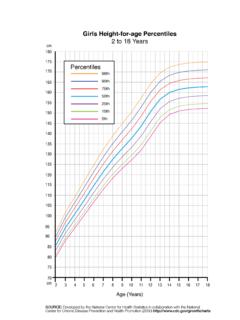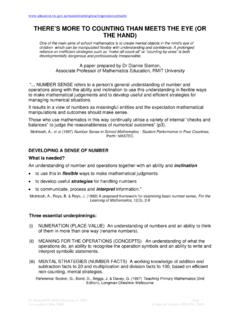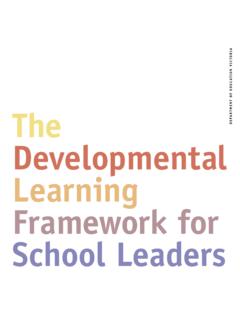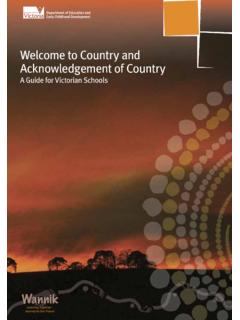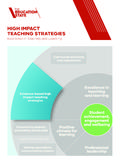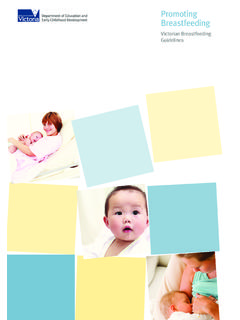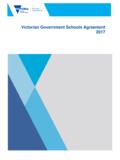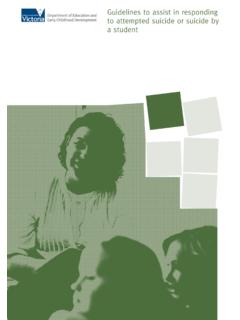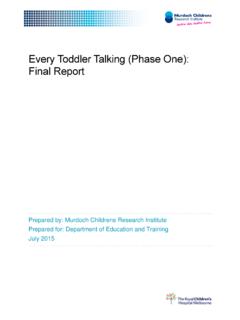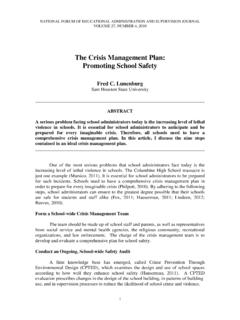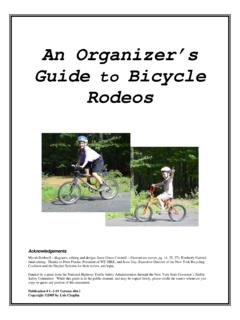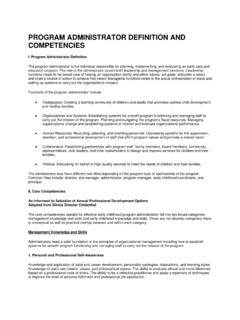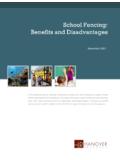Transcription of Guidelines for School Playgrounds
1 Guidelines for School Playgrounds playground safety management 2 State of Victoria (Department of Education and Early Childhood Development) 2012 The copyright in this document is owned by the State of Victoria (Department of Education and Early Childhood Development), or in the case of some materials, by third parties (third party materials). No part may be reproduced by any process except in accordance with the provisions of the Copyright Act 1968 the National Education Access Licence for Schools (NEALS) (see below) or with permission. NEALS is an educational institution situated in Australia which is not conducted for profit, or a body responsible for administering such an institution may copy and communicate the materials, other than third party materials, for the educational purposes of the institution.
2 Authorised by the Department of Education and Early Childhood Development, 2 Treasury Place, East Melbourne, Victoria, 3002. Disclaimer Third party sites The documents posted on this server contain hypertext links or pointers to information created and maintained by other public and private organisations. These links and pointers are provided for the user s convenience. The State of Victoria (Department of Education and Early Childhood Development) does not control or guarantee the accuracy, relevance, timeliness or completeness of this outside information. Further, the inclusion of links or pointers to particular items in hypertext is not intended to reflect their importance, nor is it intended to endorse any views expressed, or products or services offered, on these outside sites, or the organisations sponsoring the sites.
3 You access those sites and use their products and services solely at your own risk. Applicable law This website (excluding any linked third party sites) is controlled by the State of Victoria (Department of Education and Early Childhood Development) from its offices at 2 Treasury Place, East Melbourne Vic 3002. By accessing this site, you accept that any disputes about this website or its contents are to be determined by the courts having jurisdiction in Victoria in accordance with the laws in force in Victoria (except any principle of conflict of laws inconsistent with this requirement). Acknowledgement The Department of Education and Early Childhood Development would like to acknowledge and thank the Play Australia and Phillips Fox law firm for original assistance and advice in developing these Guidelines .
4 For further information about these Guidelines , please contact the Infrastructure and Sustainability Division, Department of Education and Early Childhood Development. 3 Contents 1. Introduction .. 4 Australian Standards .. 4 Copper-chromium-arsenate treated timber .. 4 2. playground Safety Management .. 5 Safety management system .. 5 Injury levels in Playgrounds .. 5 Key risk factors .. 6 3. Creating Safe Play Areas .. 6 Play in School grounds .. 6 Choosing sites .. 6 Choice of activities, play areas and play equipment .. 7 Choosing equipment .. 8 Height of fall .. 9 Fall-zones .. 9 Impact-absorbing surfaces .. 9 Preparing a design brief .. 10 Design and construction.
5 10 Selecting a supplier .. 11 Insurance cover .. 11 Final payment .. 11 Inspection and maintenance .. 11 4. Management of playground Equipment .. 12 Organisation .. 12 Managing safe 14 Injury reporting, recording and analysis .. 15 5. playground Equipment .. 18 Standards for specific items of equipment .. 18 Equipment not approved .. 18 Entrapment .. 18 Construction and assembly details .. 19 Construction materials .. 19 4 1. Introduction Opportunities for play must be nurtured if children are to develop physically, emotionally and socially. While playground designs have recently become more complex, they do so against a background of increased community expectations of safer environments.
6 Fortunately, research has shown that a substantial number of accidents can be prevented and the severity of injuries reduced if greater care is taken in the design, repair and maintenance of Playgrounds . This can be achieved with little conflict between the goals of maximising constructive play and minimising injury. These Guidelines are primarily written for principals, teachers and School council members. It is generally the responsibility of the building and grounds subcommittee of the School council, in consultation with the principal, to develop a School policy on School Playgrounds . It is generally the task of the delegated School playground coordinator to be responsible for ongoing implementation.
7 While this information is written for all schools, the majority of students who actually play on play equipment are primary students. The aim of these Guidelines is to improve students safety, while reinforcing that the primary objective of play equipment lies in its value for play and adventure. Schools are encouraged to assess the safety, quality and diversity of the recreation environment available to students. These Guidelines are intended to help schools set up a comprehensive system for the installation, maintenance, management and audit of play equipment and associated areas. Processes are provided for identifying risks and minimising playground injuries. Australian Standards Schools are required to ensure that all Playgrounds comply not only with the information in these Guidelines , but also with the current Australian Standards, in particular, AS/NZS :1997.
8 The Australian Standard AS/NZS :1997- Playgrounds and playground Equipment. Part 1: Development, Installation, Inspection, Maintenance and Operation, is designed to minimise the risk of injury to children using Playgrounds by providing Guidelines for siting and developing Playgrounds , product information requirements, instructions and operating procedures intended to support sound playground design, the selection of appropriate equipment and to minimise operational hazards. The Standard is intended for use by designers, manufacturers and installers of playground equipment, as well as operators of the playground . Other Standards referenced in AS/NZS ,1997 or referencing playground equipment include: AS 4685 (Set) 2004 playground equipment including Parts 1 6.
9 AS 2555-1982 Supervised adventure Playgrounds Guide to establishment and administration. AS/NZS 4422:1996 playground surfacing Specifications, requirements and test method, including Amendment No. 1, 5 May 1999. AS 1428 Parts 1:2001, 2:1992, 3:1992 and 4:2002 Design for Access and Mobility. These Australian Standards can be accessed (via subscription) through Sai Global Limited on Any new work or refurbishment for schools (which includes Playgrounds ) must also meet the requirements of the Department of Education and Early Childhood Development s Building Quality Standards Handbook. A systematic program of ongoing inspection and maintenance of playground equipment will enable the School council to set priorities for repair and replacement of equipment and help maintain the surrounding area in a condition that will not compromise children s safety.
10 Specialist play equipment should be designed or selected with a view to students capacity and learning needs, including considering access for those with a disability. Further, special schools are advised to seek approval from the Regional Director to install playground items on the basis of need. It is recommended that School staff and students should be instructed in the safe use of Playgrounds and play equipment. Students could participate in an introductory program whenever new playground equipment is installed. Copper-chromium-arsenate treated timber In March 2003 the Australian Pesticides and Veterinary Medicines Authority ('APVMA') the responsible regulatory authority has recently released a draft report for public consultation on whether copper chromium and arsenate ('CCA') 5 treated wood has an effect that is harmful to human beings.
